Optimal Timing for Cesspool Installation
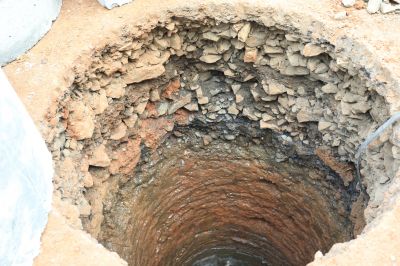
Installing cesspools during dry weather reduces ground saturation and allows for easier excavation.

Spring and early summer often provide stable soil conditions, facilitating proper installation.
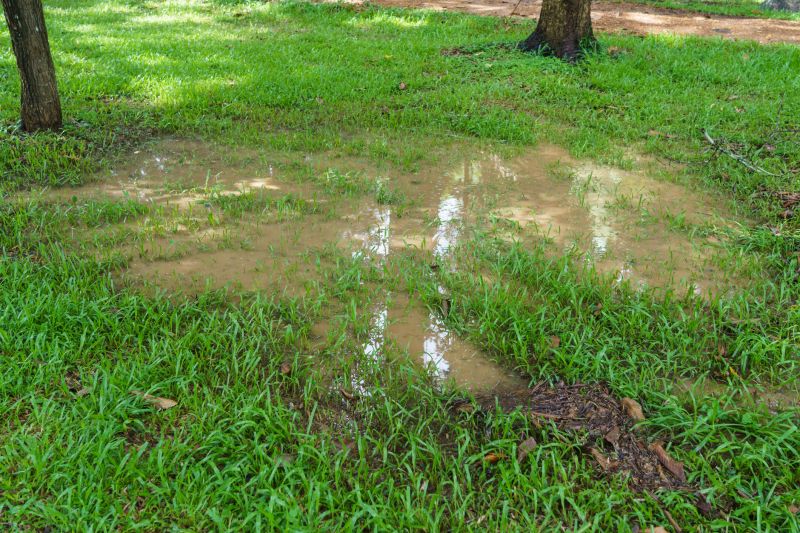
Scheduling installation outside of heavy rain seasons prevents delays and soil instability.
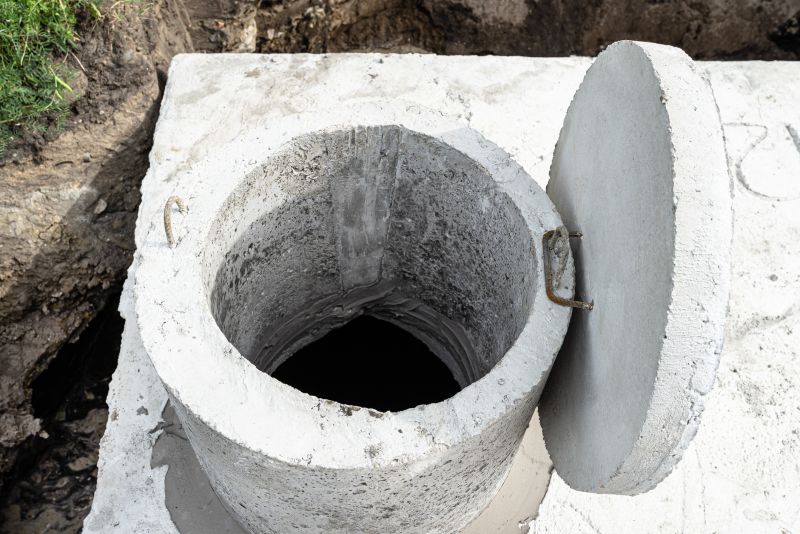
Ways to make Cesspool Installations work in tight or awkward layouts.
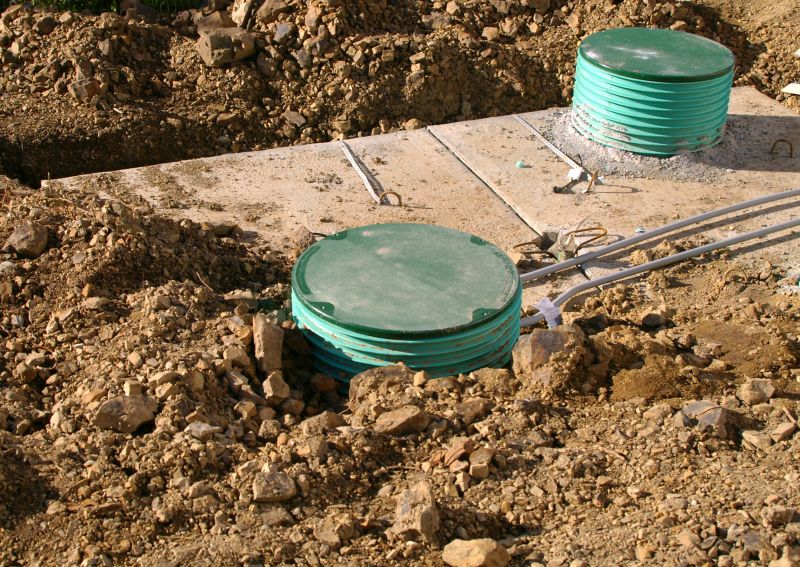
Popular materials for Cesspool Installations and why they hold up over time.

Simple add-ons that improve Cesspool Installations without blowing the budget.
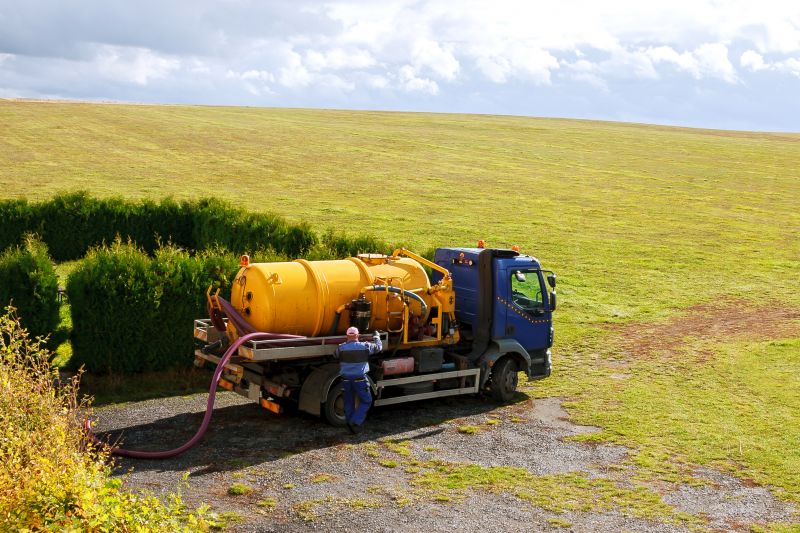
High-end options that actually feel worth it for Cesspool Installations.
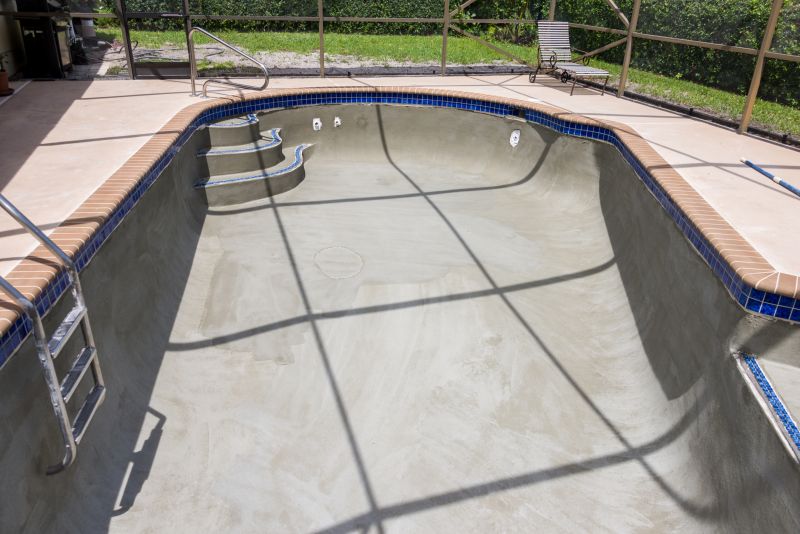
Finishes and colors that play nicely with Cesspool Installations.
Cesspool installations are typically best performed during periods with minimal rainfall and stable soil conditions. Proper timing ensures efficient excavation, reduces delays, and minimizes potential complications caused by saturated ground. Installing during dry seasons or periods of moderate weather can lead to a smoother process and longer-lasting systems.
Statistics indicate that over 60% of cesspool installations occur in late spring and early summer, aligning with favorable soil and weather conditions. Planning installation during these times can help prevent disruptions and ensure compliance with local regulations regarding site preparation and environmental considerations.
Conducting soil tests before installation helps determine the best timing and site suitability for cesspools.
Weather patterns directly influence installation schedules, with dry, mild conditions preferred.
Planning around forecasted heavy rain can prevent delays and soil erosion issues.
Compliance with local guidelines often influences the timing of cesspool installation projects.
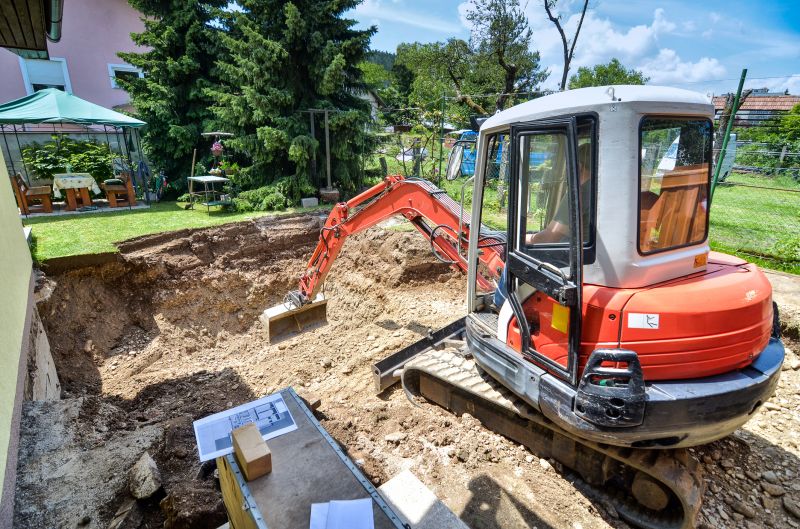
Specialized machinery is easier to operate in firm, dry soil conditions.

Stable ground reduces risks of shifting or collapsing during installation.

Dry weather improves access for construction vehicles and personnel.
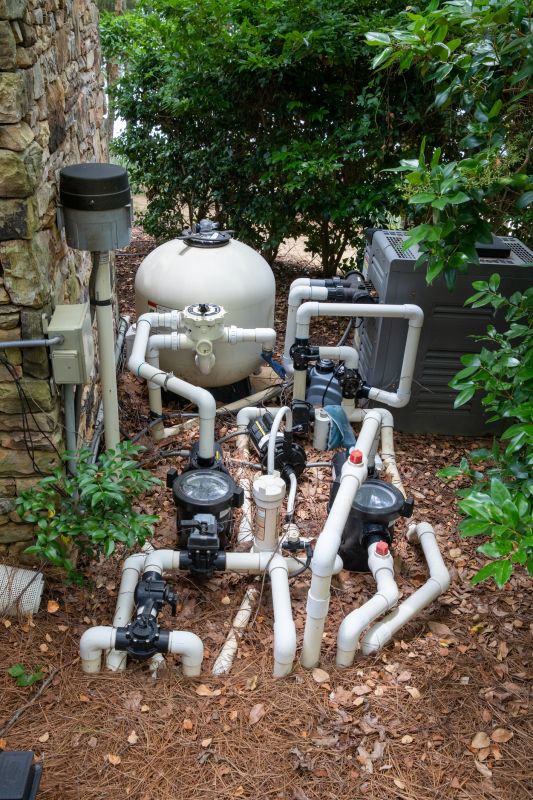
Timing installations during optimal weather reduces post-installation issues.
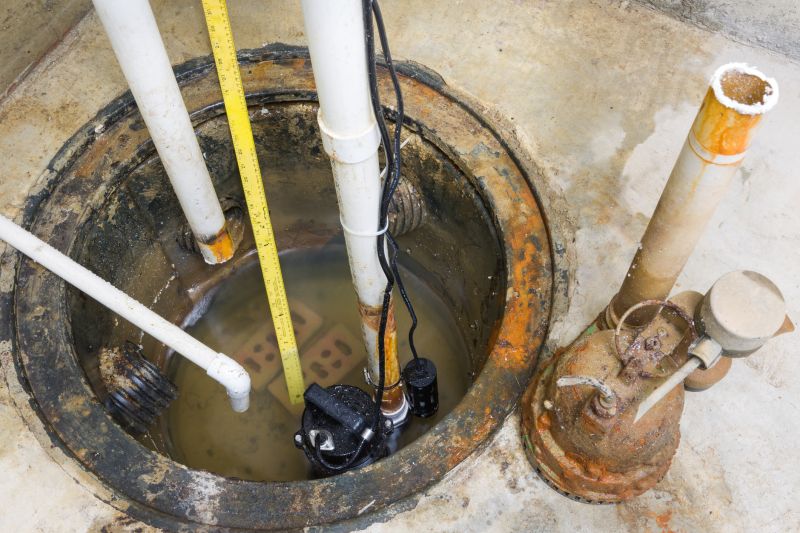
Little measurements that prevent headaches on Cesspool Installations day.
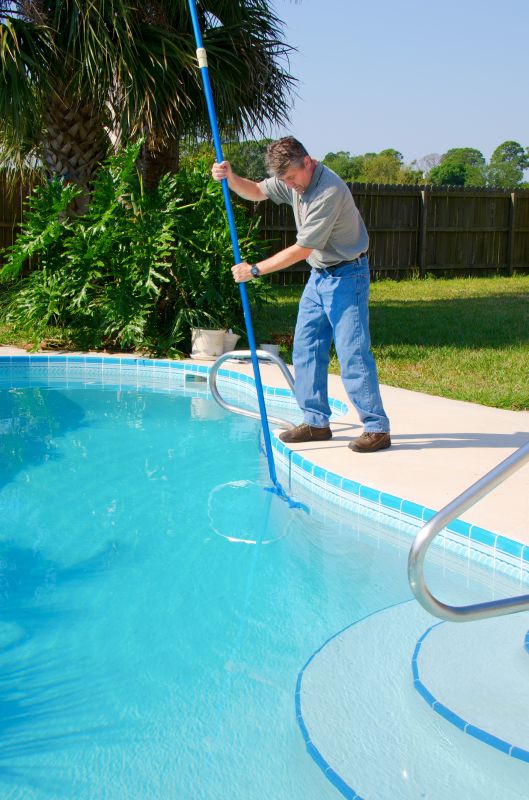
A 60-second routine that keeps Cesspool Installations looking new.

A frequent mistake in Cesspool Installations and how to dodge it.
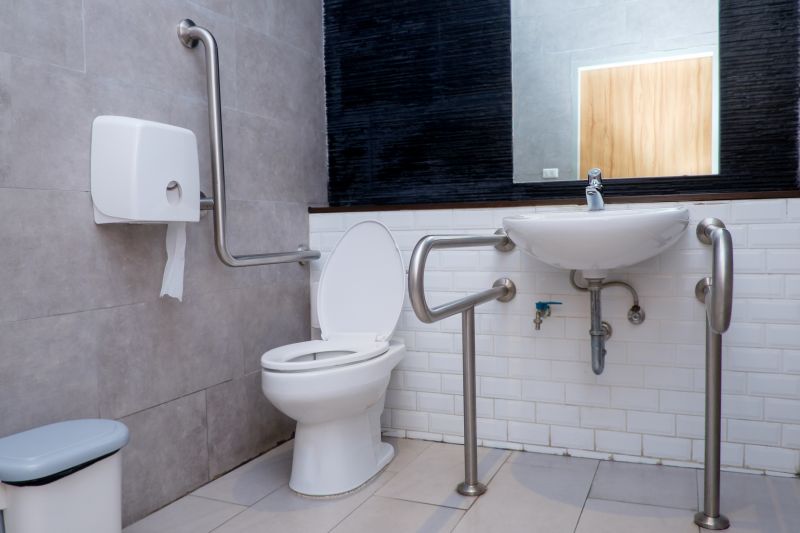
Small tweaks to make Cesspool Installations safer and easier to use.
| Season | Advantages |
|---|---|
| Spring | Moderate weather, soil thawing, good for excavation |
| Early Summer | Dry conditions, longer daylight hours |
| Fall | Preparation for winter, but risk of early rains |
| Winter | Generally not recommended due to frozen ground |

Scheduling with weather forecasts ensures optimal conditions.
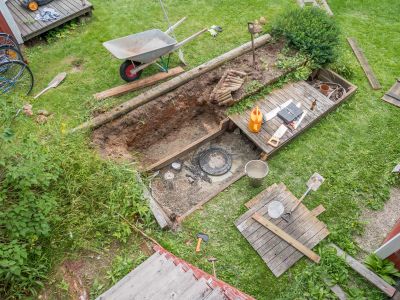
Proper site prep during suitable weather prevents future issues.
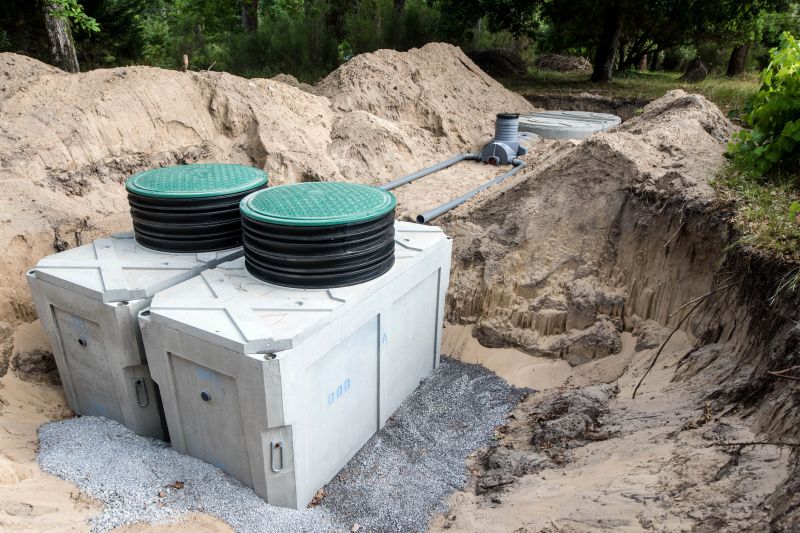
Timing helps minimize environmental impact and site disturbance.
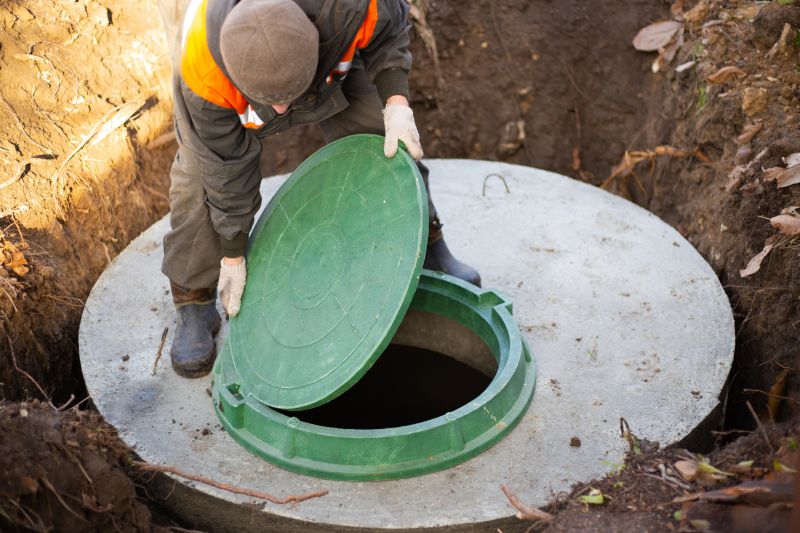
Lower-waste or water-saving choices for Cesspool Installations.
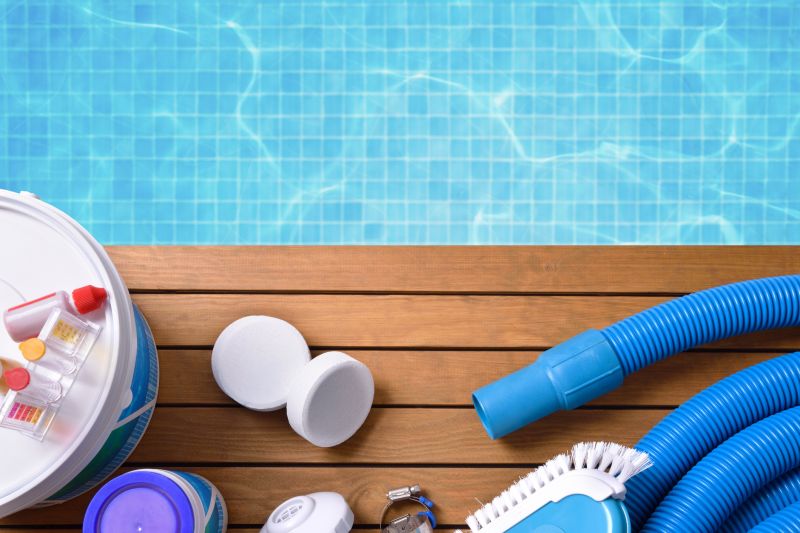
The short, realistic tool list for quality Cesspool Installations.
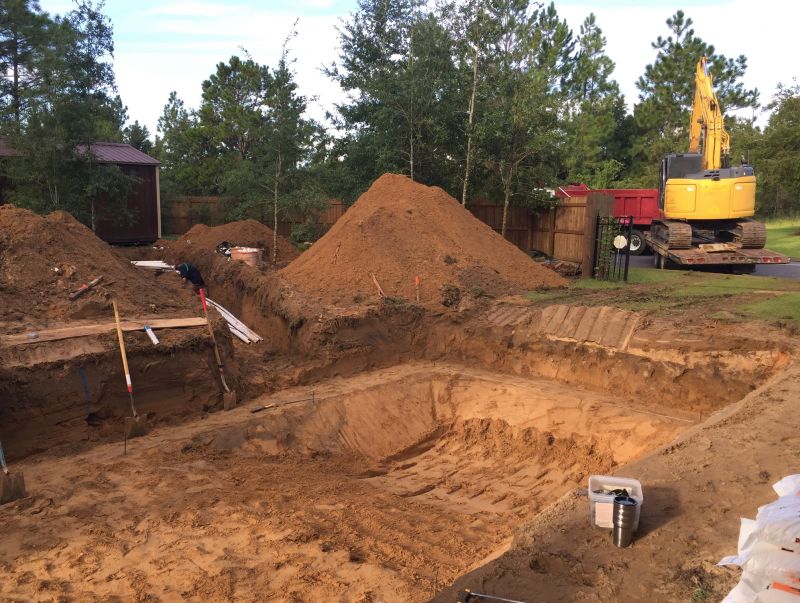
Rough timing from prep to clean-up for Cesspool Installations.

Quick checks and paperwork to keep after Cesspool Installations.
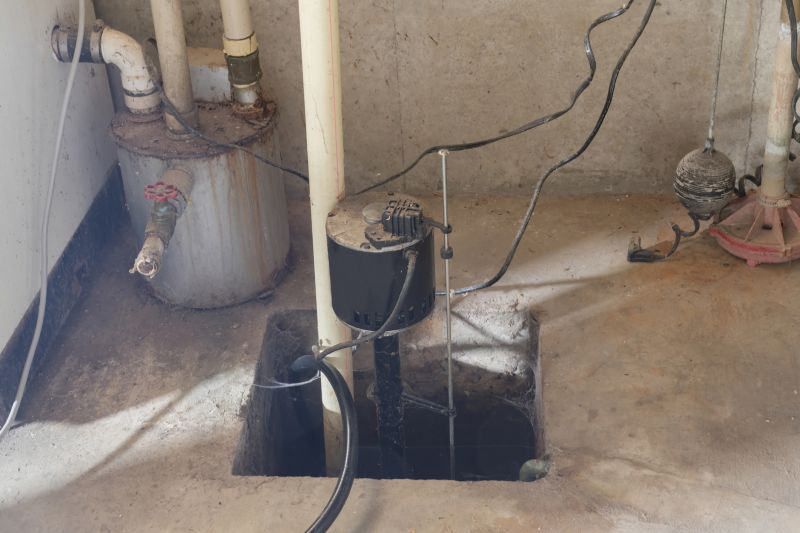
Examples that show the impact a good Cesspool Installations can make.
Choosing the right time for cesspool installation involves considering weather patterns, soil conditions, and local regulations. Proper planning can lead to a more efficient process, longer-lasting systems, and fewer complications. Consulting with professionals before scheduling can help identify the most suitable period based on specific site conditions.
Interested in scheduling a cesspool installation? Filling out the contact form can provide guidance on the best timing for a specific property and ensure a smooth, successful project.
